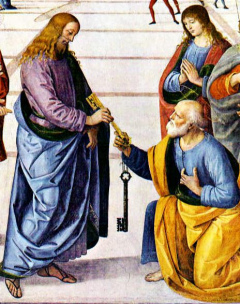* * * *
Happy July 4th!!
July 4, 2014 – As I write this I’m sitting in a McDonald’s on Concord Pike northeast of Wilmington Delaware. (They have free Wifi.) That means I’m taking a vacation from God’s Country – down south – on a trip that will include but not be limited to a family reunion.
But back to Independence Day. . .
* * * *
Google “Freedom Day” – instead of the usual Independence Day. If you do that you’ll probably get a host of sites, including National Religious Freedom Day. That day is celebrated on January 16, and it’ designed to remember the adoption of Thomas Jefferson’s landmark statute. That would be the Virginia Statute for Religious Freedom, noted in the photo below. (Read more about it at Virginia Statute for Religious Freedom – Wikipedia.)
That article – and this post – make compelling reading on this July 4th:
The statute disestablished the Church of England … and guaranteed freedom of religion to people of all religious faiths, including Catholics and Jews [and] was a notable precursor of the Establishment Clause and Free Exercise Clause of the First Amendment to the United States Constitution. The Statute for Religious Freedom is one of only three accomplishments Jefferson instructed be put in his epitaph.
(Emphasis added.) By that statute legislators (“burgesses”) of Virginia “disestablished” the official religion of the state. That state religion was Anglican – Church of England – and most if not all Burgesses back then were members of that official church. In other words the Established Church of Virginia voluntarily gave up its power, including the power to impose taxes for its own support. It did that to guarantee freedom of religion to people of all faiths. To the members of all other religious faiths – and those who had no faith at all. For starters, the statute said “Almighty God hath created the mind free.” It also said when any government or majority tries to influence the religious beliefs of others, they only “beget habits of hypocrisy and meanness.”
That sounds like it was written yesterday!
The statute further noted the “impious presumption of legislators and rulers” to establish “their own opinions and modes of thinking as the only true and infallible,” even though they were “but fallible and uninspired men.” The statute said it was wrong for “fallible and uninspired men” to try and establish their own view of religious truth as “the only true and infallible.”
Finally, the statute said noted “Truth is great, and will prevail if left to herself . . . and has nothing to fear from the conflict.” I.e., that religion is best that proves itself in the “free market place of ideas.” See Marketplace of ideas – Wikipedia. In further words, if your faith is true and sound, you won’t be afraid of a little competition. What that means is that under the Constitution and the ideals of Jefferson’s Statute for Religious Freedom, our government isn’t a teacher of religion. Instead that government should be an impartial referee, to insure a level playing field.
So if your Faith is true and sound, you don’t want help from the government. As by having officially-sponsored prayer at public events.) That in turn also means you have the confidence to say in the open marketplace of ideas, “My views of religion can beat yours with one hand tied behind its back – on a level playing field without any outside help.”
* * * *
So Independence Day is a Feast Day of the American Episcopal Church. That church is a direct descendant of the Church of England that voluntarily “disenfranchised itself” to help gain that precious freedom of religion for people of all faiths (or no faith. And the Bible readings for this day are – according to the Revised Common Lectionary – are: Deuteronomy 10:17-2, Psalm 145, Hebrews 11:8-16, and Matthew 5:43-48. The Collect for this Feast Day is as follows:
Lord God Almighty, in whose Name the founders of this country won liberty for themselves and for us, and lit the torch of freedom for nations then unborn: Grant that we and all the people of this land may have grace to maintain our liberties in righteousness and peace; through Jesus Christ our Lord, who lives and reigns with you and the Holy Spirit, one God, for ever and ever. Amen.
Note that a Collect is a “form of prayer unique to the Western Church;” in the Scribe’s church, it is said at the beginning of each Sunday service. It is a form of collective prayer, often followed by a period of silence “collect all their thoughts and prayers and, in essence, give them to the celebrant, who prays on behalf of all.” (Emphasis added.)
Note too that there are a number of definitions of grace, but the one that seems most fitting here seems to be a “disposition to be generous or helpful; goodwill.” See Definition of grace by the Free Online Dictionary. So the prayer above could be tweaked to read that God grants “all the people of this land” the goodwill and disposition to be generous and/or helpful, in order to “maintain [all] our liberties in righteousness and peace .” (Say what? See also More honoured in the breach than in the observance.)
Turning to the Bible readings for July 4th, one point to be noted from Deuteronomy 10:17-21 is that God “is not partial and takes no bribe,” He executes justice for orphans and widows, and “loves the strangers, providing them food and clothing. You shall also love the stranger, for you were strangers in the land of Egypt.” (Emphasis added. Various translations substitute “sojourner,” “foreigner,” or “immigrant” for the word “stranger” in the King James Version.)
Psalm 145 verse 9 reads: “The LORD is loving to everyone [maybe even moderates and/or liberals] and his compassion is over all his works.” Psalm 145 verse 4 says of God, “One generation shall praise your works to another and shall declare your power.” (Emphases added, and all of which is one reason why we have holidays like July 4th and the commemoration of D-Day. See On D-Day and confession.)
Hebrews 11:8-16 talks about Abraham having the faith to heed the call of God to “set out for a place . . . not knowing where he was going,” which is pretty much what all of our ancestors did.
And finally, in Matthew 5:43-48 Jesus told His disciples and followers to love everyone, even their most obnoxious neighbors, because God “makes his sun rise on the evil and on the good, and sends rain on the righteous and on the unrighteous.” Besides, they might be right and you might be wrong, or you might both be partly right, but working together you might both find the truth. (See also Adversarial system – Wikipedia.)
* * * *

To some guy named Jefferson, and his Statute for Religious Freedom. . .
* * * *
The picture just above is courtesy of Virginia Statute for Religious Freedom – Wikipedia. The full caption reads, “Jefferson’s tombstone. The inscription, as he stipulated, reads Here was buried Thomas Jefferson, author of the Declaration of American Independence, of the Statute of Virginia for Religious Freedom, and father of the University of Virginia.” (Emphasis added.)
As to Collects, see What is a collect? | Trinity Episcopal Church in Cranford, NJ, and What is a Collect? | Reformed Liturgical Institute. As to the adversarial system, see also Adversarial system, to wit: a “system of law that relies on the contest between each advocate representing his or her party’s positions . . . trying to determine the truth of the case.”
* * * *
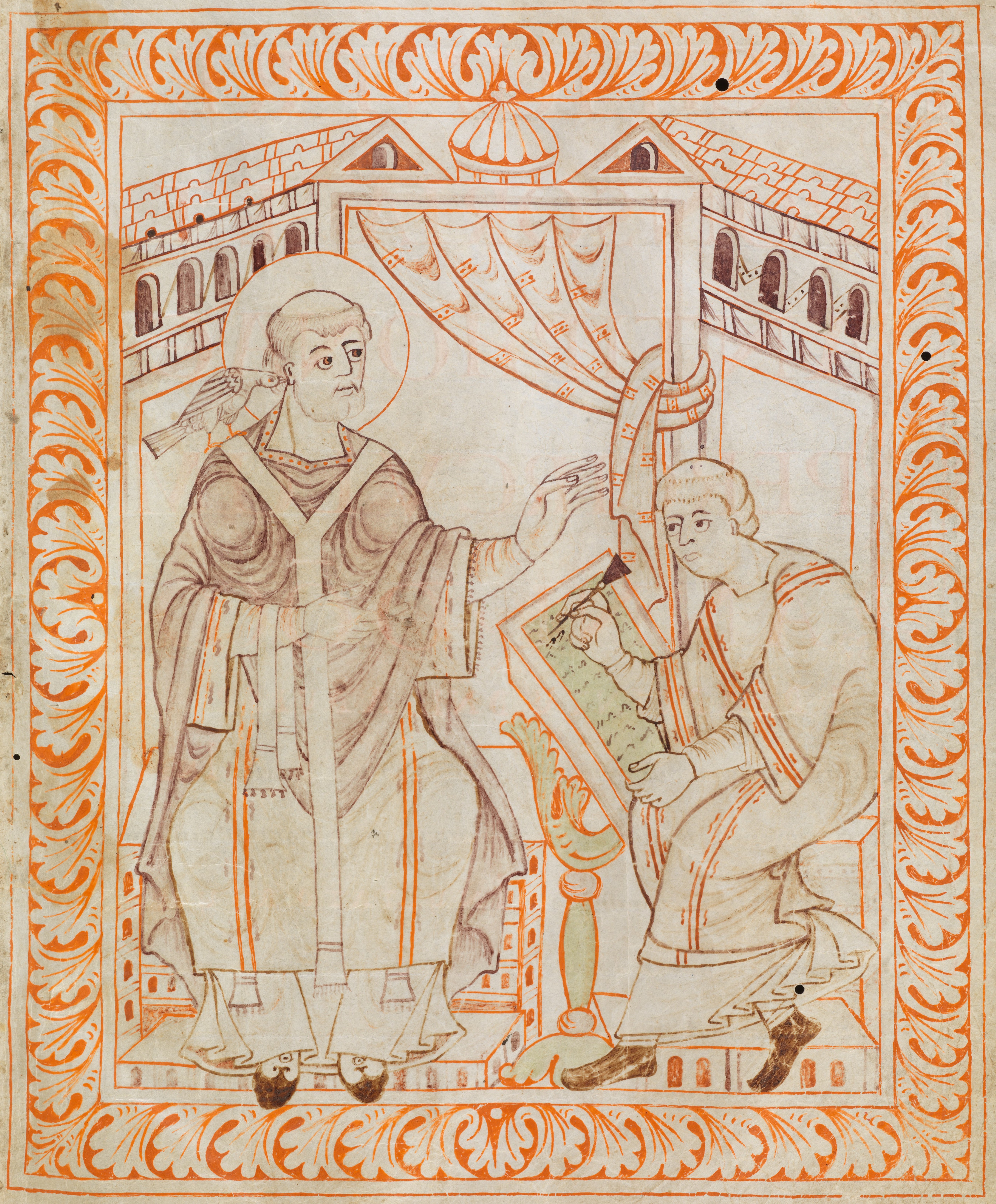




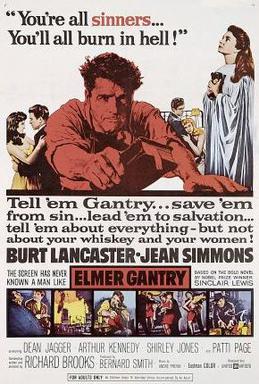
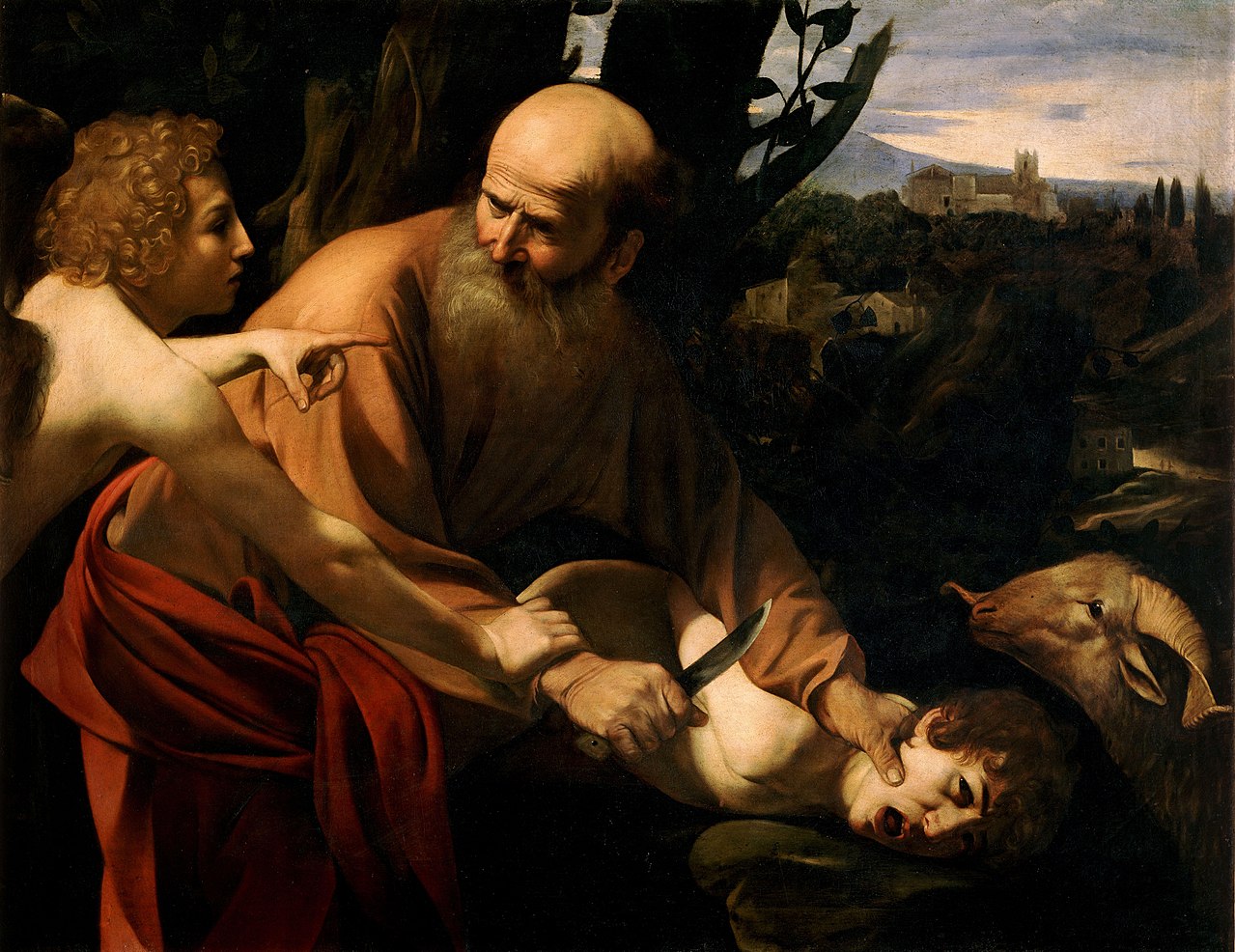
 The readings for June 29, 2014, are Genesis 22:1-14, Psalm 13, Romans 6:12-23, and Matthew 10:40-42. The Genesis story tells of God apparently asking
The readings for June 29, 2014, are Genesis 22:1-14, Psalm 13, Romans 6:12-23, and Matthew 10:40-42. The Genesis story tells of God apparently asking 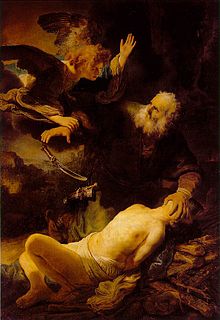 Apparently it wouldn’t have bothered that “reasonable man” at all. That’s because at that time and place, child sacrifice was quite common. See
Apparently it wouldn’t have bothered that “reasonable man” at all. That’s because at that time and place, child sacrifice was quite common. See 


